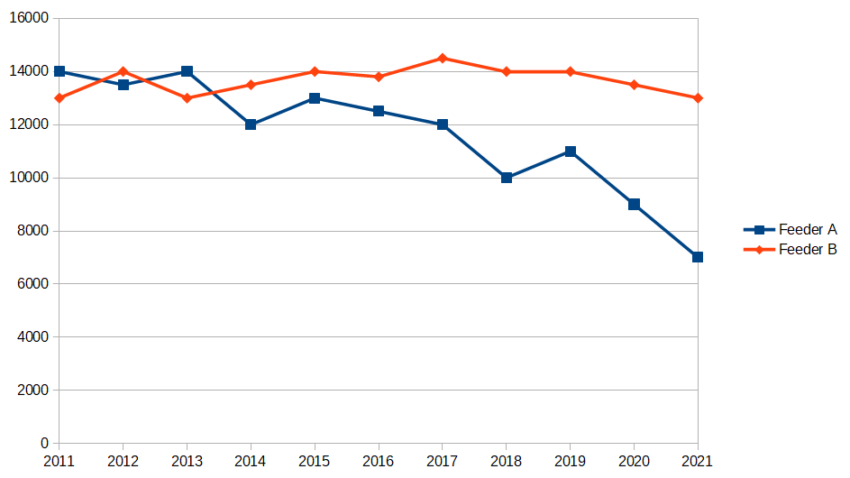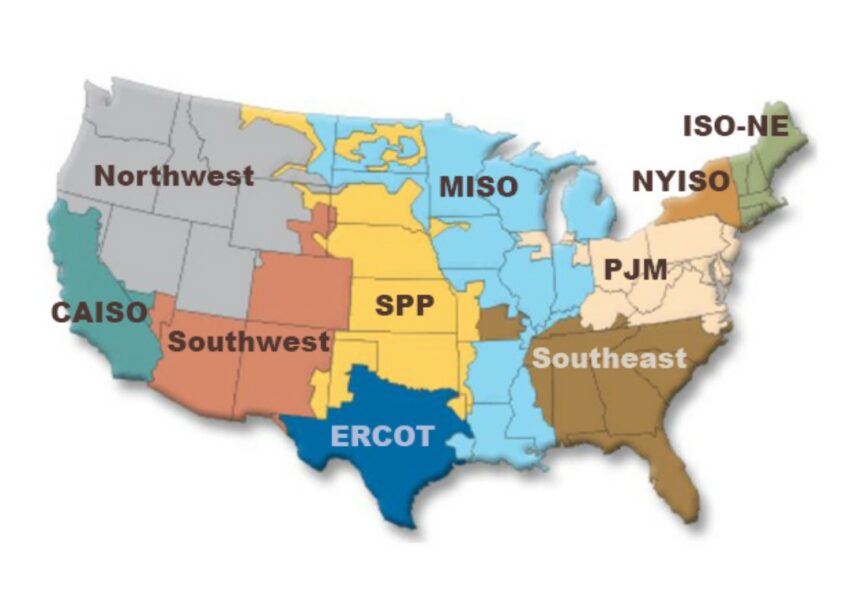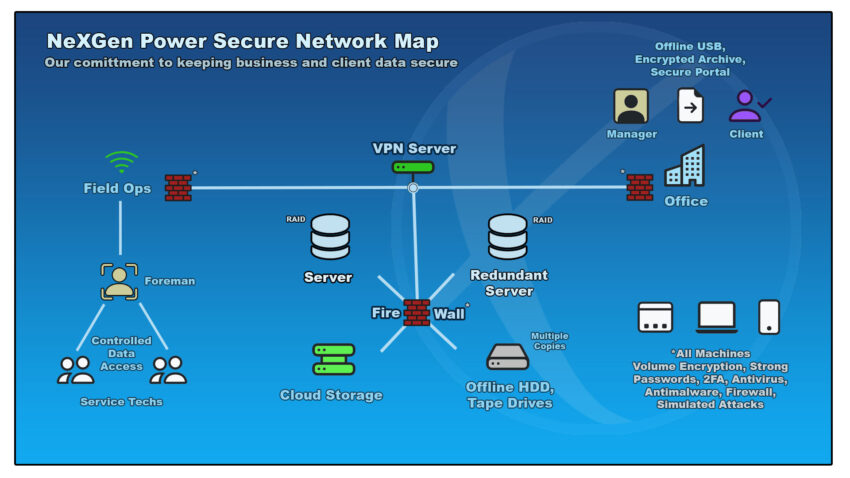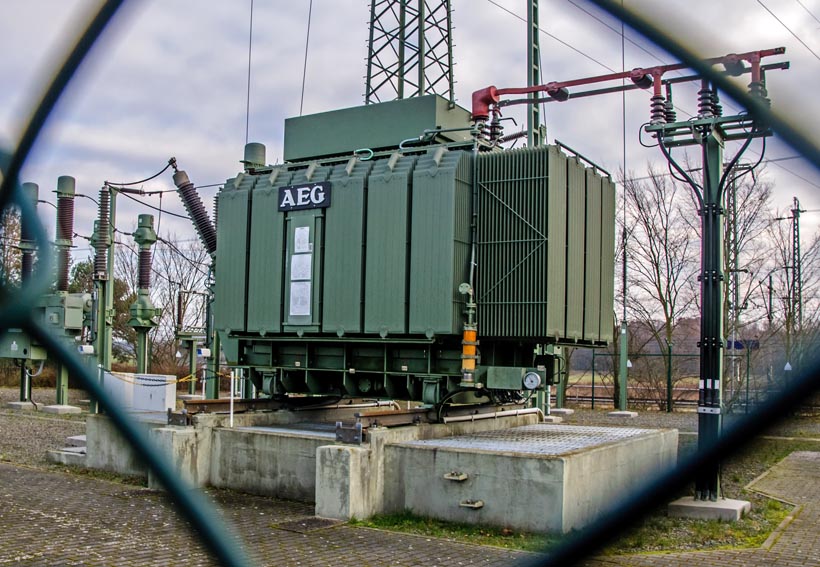Utility substations and power distribution equipment are attractive targets for malicious actors looking to cause widespread harm to critical infrastructure. Damage or disruption to these facilities can have wide-ranging consequences to society and the economy in repairs, fines, and other expenses.
Monitoring the Condition of Power Systems with Non-Destructive Test Techniques
Non-destructive testing is the act of taking measurements while electrical systems remain energized at power frequency to assess potential problems before they arise. The main benefit of non-destructive testing is that it allows an asset owner to find problems that they may have not suspected and prioritize their maintenance plan, which is critical in order to minimize downtime and focus technical resources efficiently.
SF6 Gas Alternatives for a Sustainable Energy Future
The climate impact of SF6 gas has led to a steady increase in demand for eco-friendly alternatives as part of a consorted effort to minimize the use of greenhouse gasses. The most popular options are purified air and gas mixtures that both provide minimal climate impact when compared to SF6.

Robotic Inspection Systems for Electrical Transmission and Distribution
The use of advanced robotic technology is rapidly making waves across the electric utility sector, taking on extreme tasks, conducting precise maintenance, and making hard-to-reach areas more easily accessible for service technicians. Broader developments in machine learning, automation, and digital imaging have turned once simple machines into extremely versatile tools for the power industry.

Why insulation resistance trending may be your best predictor of electrical failure
One of the leading causes of failure in power distribution equipment is the breakdown of electrical insulation. When checked periodically over time, a gradual drop in insulation resistance should give maintenance technicians plenty of warning before failure.

Projects focused on renewable energy optimization are poised to disrupt the traditional marketplace
There is now a movement to develop and deploy open-source decentralized technologies and standards to meet global requirements for establishing identity, enforcing rules, and facilitating transactions between billions of DERs, customers, utilities, service providers, and grid operators. While greater emphasis is placed on energy conservation and efficiency, the traditional markets are primed for change.
Securing Test Data and Creating Immutable Trust with File Validation Over Blockchain
For liability and litigation, test reports can hold a wealth of information but are easily changed without the proper oversight in place. Blockchain networks can be used to create decentralized trust between asset owners, manufacturers, and service providers.
Transforming old ways of exchanging test data with Distributed Ledger Technology
For testing and commissioning contractors operating in the fast-pace construction industry, inter-company transactions between clients, commissioning, and end-users can present enormous challenges. The current problem with testing and commissioning reports exist across the entire service chain, from data entry to delivery.
Automating the Electrical Testing Process with Self-Testing Terminal
Automated systems require very little human intervention and oversight compared to the amount of labor required when doing it manually. We can already fly planes and drive cars with little human intervention, so why should electrical testing be any different?

Data security tips for testing agencies and the clients they serve
The theft of a laptop or database file can be detrimental to a service company and the clients they serve. Fortunately, there are several easy steps that can be taken to help minimize this risk and better protect your customers.

